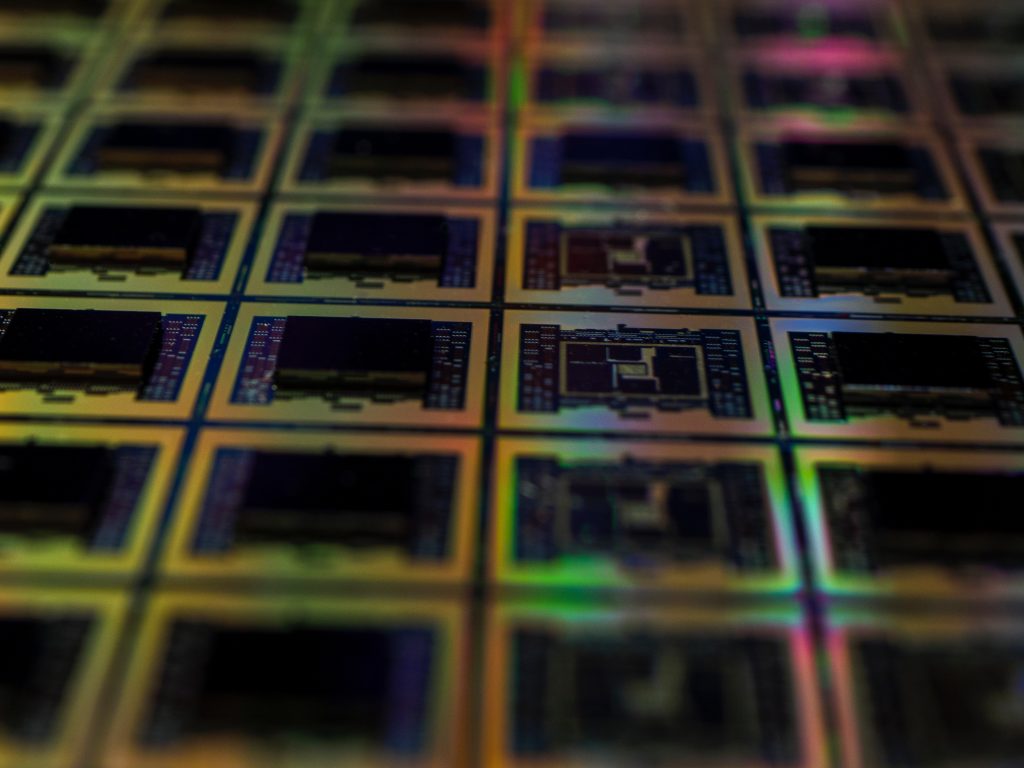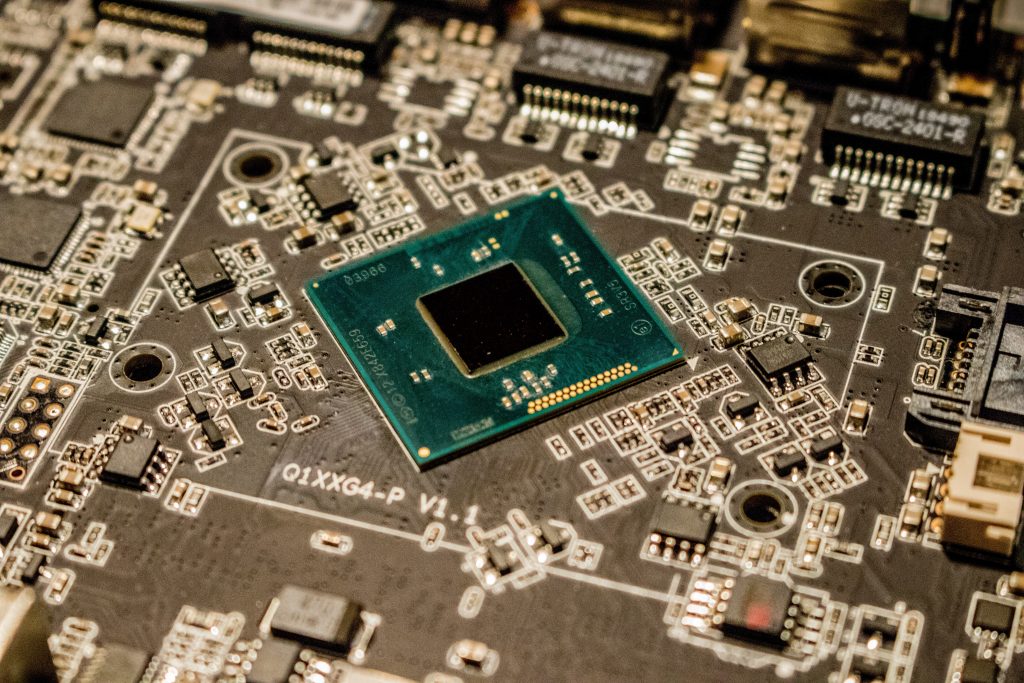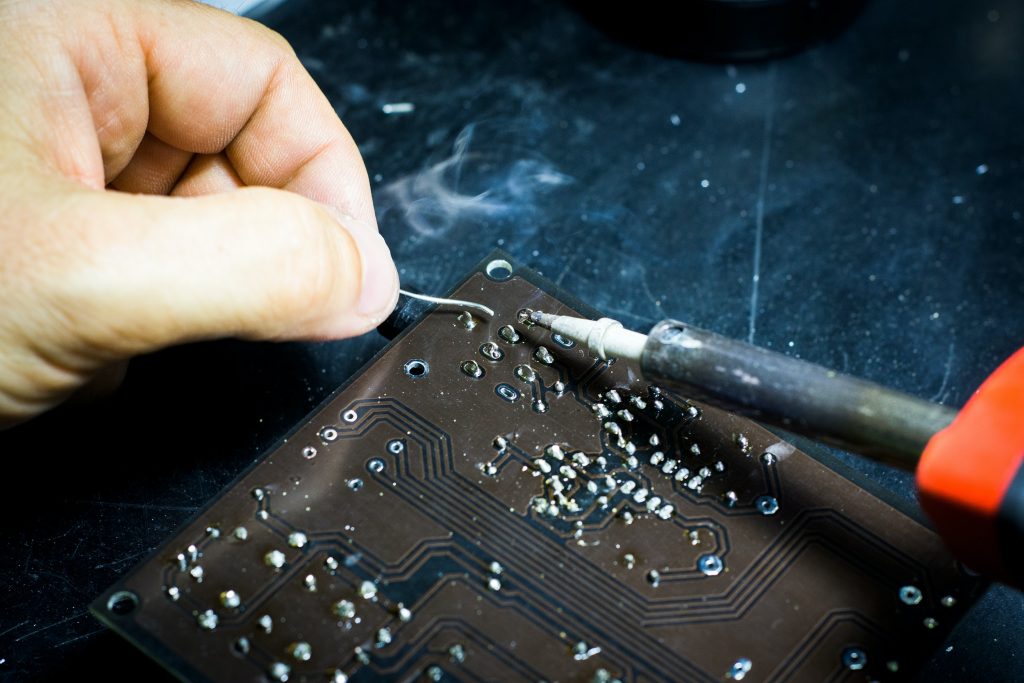From the microchips in our smartphones to the intricate circuitry of our computers, semiconductors are at the heart of it all. In this blog post, we will take a journey through the process of semiconductor manufacturing, explore the different types of semiconductors, and dive into their vast applications.

The Semiconductor Manufacturing Process
The journey of a semiconductor begins with one of the most common semiconductor materials, silicon. The semiconductor manufacturing process is a complex orchestration of hundreds of steps. It all starts with the purification of silicon. The silicon is then melted and grown into a large cylindrical ingot known as a boule. These boules are subsequently sliced into thin wafers that serve as the foundation for semiconductor devices.
The next critical step is doping. This involves adding impurities like boron and phosphorus to the silicon, which alters its electrical properties. This process is fundamental in the creation of the positive and negative regions necessary for electronic components to function.
Patterning follows, achieved through photolithography. A photosensitive material called photoresist is applied to the wafer, and exposure to light through a mask creates a pattern on the wafer’s surface. Etching then removes unwanted material, transferring the pattern onto the wafer.
Thin films of metal and insulators are deposited on the wafer, allowing for the creation of interconnects and isolation of different circuit components. An annealing process follows, improving the electrical properties of the semiconductor device.
Finally, rigorous testing ensures that the devices meet all required specifications before they are packaged and shipped to customers. The semiconductor manufacturing process is undoubtedly complex and costly, but it’s essential for the production of modern electronics that we rely on every day.

Types of Semiconductors and Their Applications
Semiconductors come in two primary forms: Elemental semiconductors consist of a single element, with silicon being the most widespread and versatile material, serving as the backbone of various devices like computers, smartphones, televisions, and integrated circuits. On the other hand, compound semiconductors are crafted from two or more elements, exemplified by gallium arsenide or indium phosphide, which excel in high-performance applications such as microwave devices and solar cells.
Silicon: Silicon is the most widely used semiconductor material, accounting for over 90% of the semiconductor market. It is used in a vast array of devices, including computers, smartphones, televisions, memory chips, microprocessors, and integrated circuits. Silicon is also used in emerging technologies such as self-driving cars and artificial intelligence.
Germanium: Germanium is a less common semiconductor material, but it is still used in some specialized applications such as infrared detectors, phototransistors, and specialized microwave devices. Germanium is also used in some high-performance optical devices, such as optical amplifiers and detectors.
Gallium Arsenide: Gallium arsenide is a compound semiconductor material that is known for its high performance and versatility. It is used in a wide range of applications, including solar cells, laser diodes, microwave devices, and high-speed integrated circuits.
Indium Phosphide: Indium phosphide is another compound semiconductor material that is known for its high performance. It is used in a variety of applications, including high-speed optical devices, solar cells, and infrared detectors.

Silicon Carbide: Silicon carbide is a semiconductor material that is known for its high temperature and power handling capabilities. It is used in a variety of power devices, such as diodes. Silicon carbide is also used in some high-temperature electronics applications, such as aerospace and automotive electronics.
Gallium Nitride: Gallium nitride is a semiconductor material that is known for its high efficiency and brightness. It is used in a variety of LED lighting applications, as well as in laser diodes and power devices.
Semiconductors are truly amazing materials that have revolutionized the way we live and work. They are used in a wide range of applications, from the simplest devices to the most complex systems. As technology continues to evolve, semiconductors will play an even greater role in our lives. The ongoing advancements in semiconductor materials and manufacturing processes enable devices to become smaller, faster, and more efficient. As we move into an increasingly connected and technologically advanced future, it’s clear that semiconductors will remain at the forefront of innovation, shaping the world as we know it.
Additional Information







